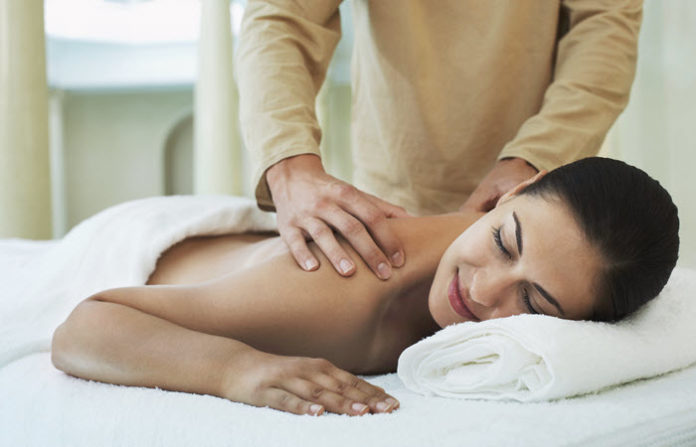Hard-working nurses need some time off. However, with issues of understaffing and unbelievable workloads, getting a break from work may not always be possible. Your next best option?
Getting a relaxing massage!
Massage has a way to decrease the level of cortisol in your body. It’s the hormone related to stress that’s been causing you to overeat and, well, gain weight. Massage can also help with muscle repair and recovery. It’s perfect for those days your back and leg ache badly.
Apart from those things, you can also get the following benefits:
- Improved creative thinking
- Boosts positive attitude
- Enhances mental alertness
- Better ability to handle pressure
- Boosts immunity
How To Prepare For A Relaxing Massage
You can get a relaxing massage from a professional massage therapist. It does come with a price but its benefits can be more than your money’s worth. And to ensure that, here are some of the things you can do to prepare.
- If you are going to get a massage, don’t eat. If you really need to eat, make sure that it’s light and wait for 90 minutes before your massage. Food can take time to get digested.
- Try to arrive on time. Leave home early so you won’t get stressed out if you’re late.
- Be as comfortable as possible. Don’t take off clothes you are not comfortable removing. However, you should also ensure that the clothes you are wearing can still allow the massage therapist to do his/her job.
- If you feel any pain or discomfort during the session, inform your massage therapist.
If you know any oils, creams or lotions you are allergic to, don’t hesitate to tell your therapist so he can find a good substitute. - Lightheadedness and dizziness are common reactions after a massage. If you feel any of these things, don’t get up right away.
- Rehydrate after your massage.
Choosing The Best Relaxing Massage Techniques
If it’s your first time to get a relaxing massage, the options can be quite overwhelming. Since each technique caters to a specific need, you need to have a good idea of what you need to get before you see your massage therapist.
Here are some of your options:
Deep Tissue Massage
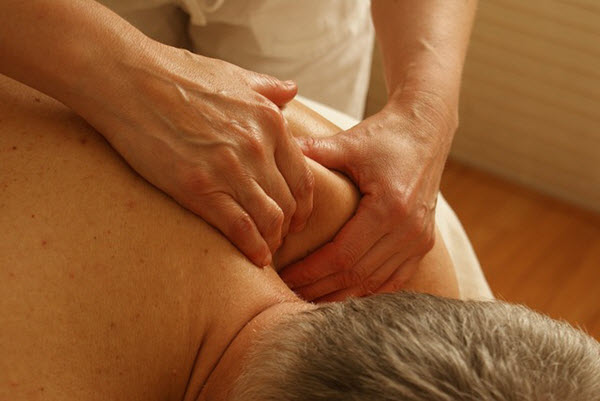
For: Tight muscles, improve mobility
If you have chronic muscle tension, this is the right massage technique for you. However, since it involves digging deep into within your muscles, you might not find this the most comfortable. Despite that, there shouldn’t be any discomfort during the massage. If there is, make sure you let your massage therapist know.
Your massage therapist might not easily realize that you’re already clenching your jaw or your fist while he’s doing his job. Proper communication can make the experience a lot better for you.
See Also: 10 Ways Nurses Can Prevent and Manage Low Back Pain
Shiatsu Massage
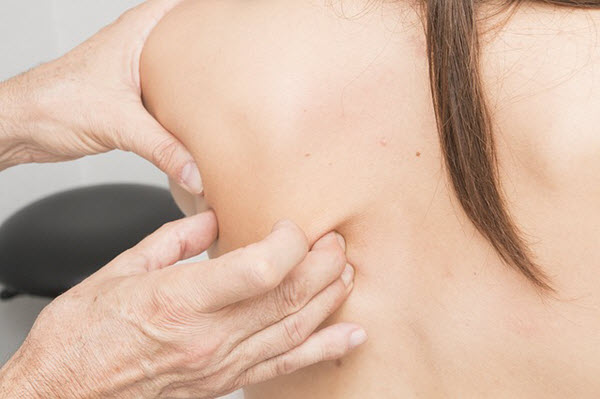
For: Healing, better blood and energy flow
Shiatsu translates to “finger pressure” in the Japanese language. From its name, you’ll know that there won’t be any elbow massage from this one.
Instead, your therapist will use his fingers and palms to apply varying rhythmic pressures to certain points in your body. These points are called Shiatsu points and applying pressure on these areas are supposed to help promote healing and regeneration.
Swedish Massage
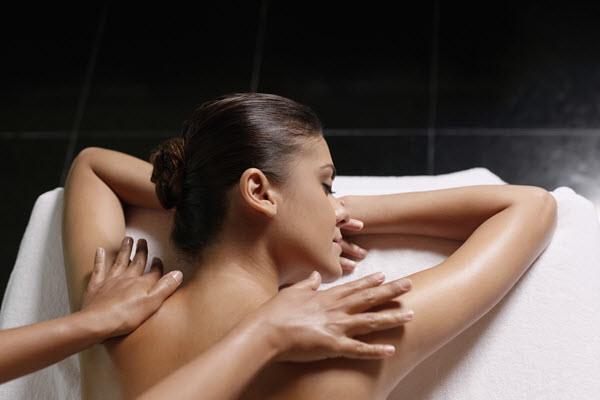
For: Relaxation
This is the massage for you if your intention is to get your whole body to relax. The movements from this one are more fluid compared to deep tissue massage which concentrates on high-tension areas. Your therapist will use long, gliding strokes following the movement of your blood returning to the heart.
Because of this method, Swedish massage doesn’t just work well for relaxation. It’s also great for increasing your cell’s oxygenation, enhancing blood circulation and in getting rid of the toxins inside your body.
Foot Reflexology
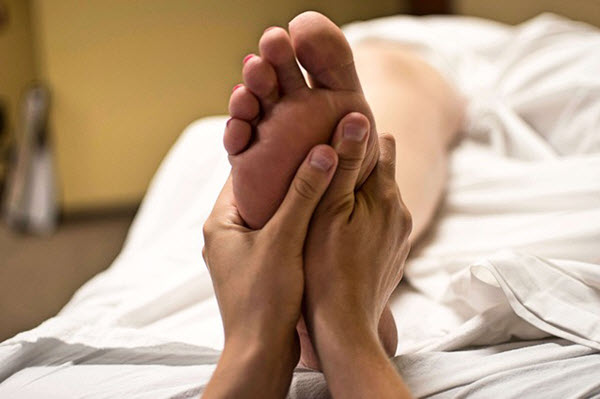
For: Foot pain, healing
Nurses are no stranger when it comes to foot pain and that’s exactly one of the best reasons why you should consider seeing a reflexologist. Not addressing the problem right away can lead to more debilitating complications.
Reflexologists are skilled and trained in applying pressure on certain parts of your feet to relieve pain, release tension and facilitate healing. They use a special diagram of the feet to know which area to apply pressure on. Through those points, they can stimulate the activities of your internal organs, prevent injury and cure health conditions.
See Also: 5 Cheap Pampering Tips For Happy Nurse Feet
Hot Stone Massage
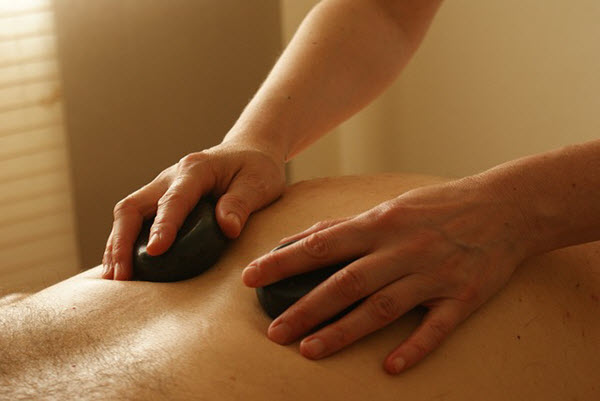
For: Relieving muscle tension and pain
A hot stone massage involves the use of stones that have been heated in a 120 to 150-degree water. The most common stone used for this type of massage is the basalt which is a black volcanic rock. This stone is believed to possess an energetic charge.
Your massage therapist may place the rocks on your feet, stomach, chest or your spine. They can be left in place or used in creating long strokes, vibrating motions or circular movements. If you are worried about getting burnt, there’s usually a barrier between the hot stones and your skin for protection.
Before you actually get a hot stone massage, it’s a good idea to scout for good and trustworthy therapists first. Check how they heat the stones. Preferably, you’ll want one that uses a professional massage stone heater. If you see that a therapist uses a microwave, oven or slow cooker in heating the stones, go look elsewhere.
Pamper yourself well, nurses. You’ve earned it!


